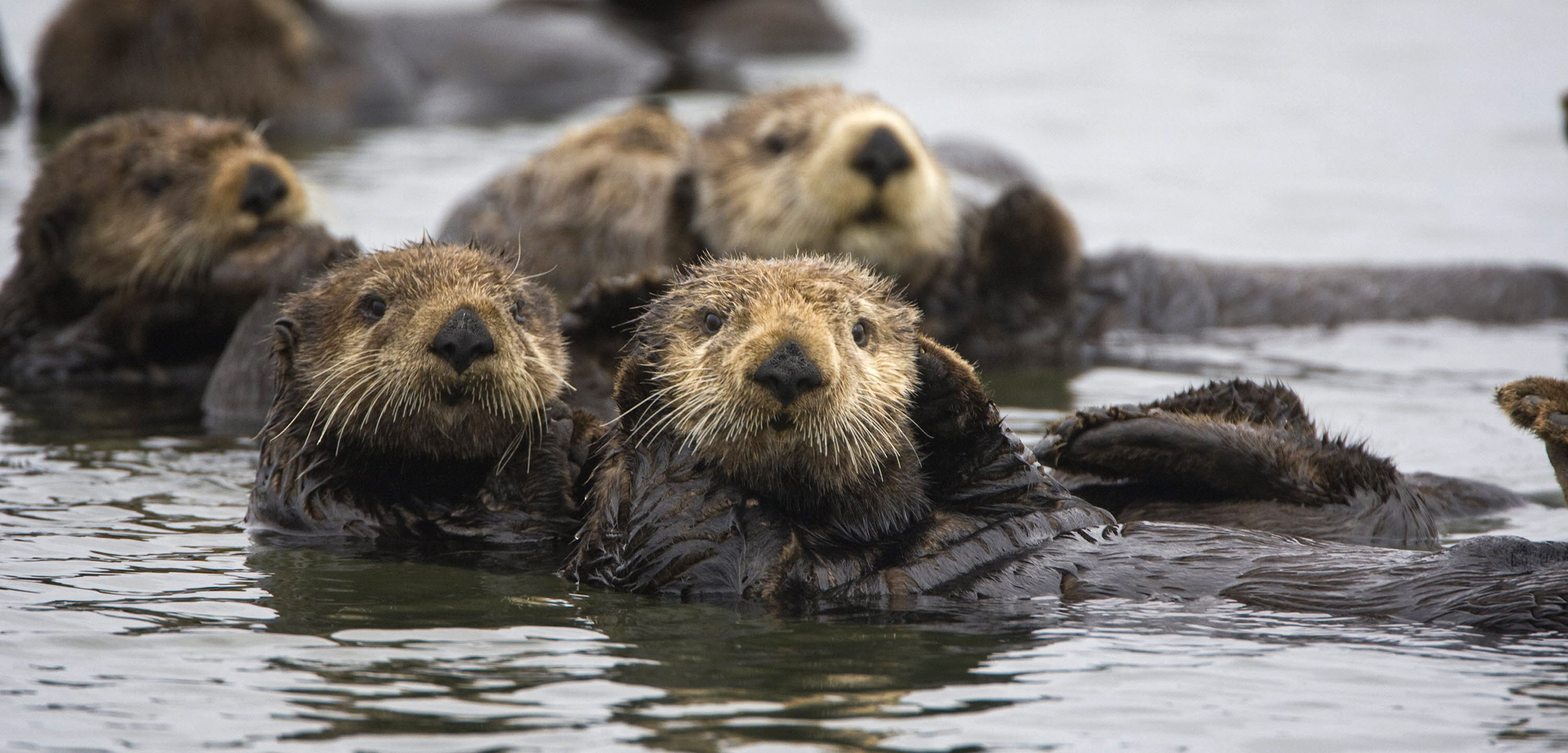What Drifting Car Tires Can Tell Us about Dead Sea Otters
Scientists finally unveil the results of an experiment left to languish for 25 years.
Article body copy
In 1995, scientists tossed 33 car tires into the Pacific Ocean. Their hope was that the drifting rubber would show them how oil spills affect sea otters—and more than 20 years later, the tires have finally done their job.
Sea otters are more vulnerable to oil spills than any other marine mammal. They lack the blubber that keeps whales, seals, walruses, and other marine mammals warm, and instead rely on dense fur that traps a layer of insulating air close to the body. Anything that compromises the waterproofing of that fur can bring an otter down quickly.
“It’s the reason we focus on them,” says Colleen Young, an environmental scientist with the California Department of Fish and Wildlife. “On top of the effects that oiling has on any animal … sea otters are susceptible to hypothermia.”
Oil spills cause damage that is often varied and widespread. In a spill response, one of the first priorities is typically to recover and help affected wildlife. “We start with low-hanging fruit,” Young explains, “really oiled animals that are easier to get our hands on.” As the spill progresses, however, animals are harder to catch. “Some we know we’re not going to get,” says Young. “It can be really overwhelming.”
To help those animals, you first need to find them. This problem exists, too, for those tasked with collecting carcasses.
Which brings us back to the car tires.
The same trapped air that keeps sea otters warm also helps them stay buoyant—as does a hefty lung-to-body ratio. That means an otter carcass can remain floating at the surface for more than a month, being pushed around by ocean currents and winds.
So nearly 25 years ago—just six years after the oil tanker Exxon Valdez spilled 42 million liters of oil off Alaska’s Pacific coast, and two years after a pipeline burst off California’s Avila Beach—Jack Ames, Young’s now-retired predecessor, set out to find a way to better track sea otter deaths.
By this point, Ames had already been working on sea otter research and conservation for more than 10 years. He realized that while a sea otter and a rubber tire have about as much in common as a raven and a writing desk, they do behave similarly at sea. When cut in half, tires mimic the posture of a sea otter in rigor mortis. Ames and his colleagues spent a year from 1995 to 1996 deploying and tracking 33 tires and 33 real otter carcasses as they bobbed around the Pacific.
“They did a great report,” says Young. “They just didn’t get around to really analyzing the data.”
So when Young’s boss approached her about finishing the decades-old study, she eagerly agreed. Little did she know it would then take five more years to finally nail everyone down, including the people who originally worked on the study’s design and execution, to get it done.
With the analysis now complete, Young can finally say that in weak winds both otters and tires drift surprisingly far: over a 33-day period, one target moved more than 300 kilometers. She and her team also found correlations between wind strength and drift direction. What’s more, both tires and otters were trapped by obstacles: kelp beds held some targets hostage for weeks—intel that could help surveyors recover carcasses after spills.
Emily Jeffers, a lawyer with the nonprofit Center for Biological Diversity who focuses on litigation to set up critical habitat zones and enforce protections for sea otters and other marine life, says that while spill responders “want to do everything we can to help the animals that can be saved,” tracking down the ones that couldn’t be is just as important.
“Knowing how many animals were lost, where they were, and why they weren’t able to be saved can help us craft response strategies and management measures that better protect sea otters and other animals,” Jeffers says.
Thanks to a flotilla of long-forgotten tires, the search might be simpler in the future.

